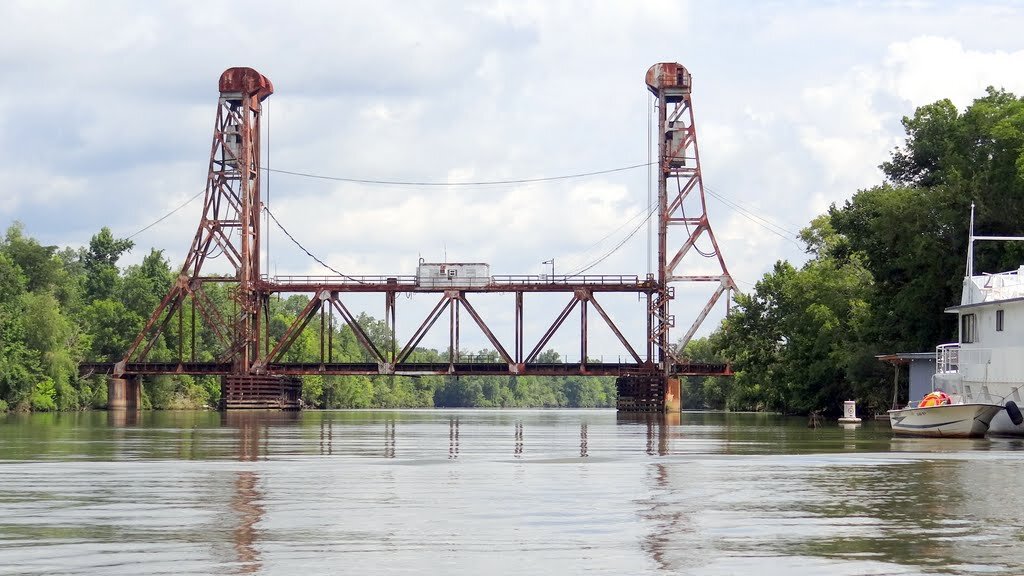In the mid-1950s, long after the demise of the town of Morley, construction began on the West Baton Rouge parish leg of the Gulf Intracoastal Waterway, a 1,050 mile inland channel running from Carrabelle, Florida to Brownsville, Texas. The Morley area was part of the Morgan City to Port Allen route, which culminated at the new Port Allen locks. The locks allow Mississippi River access to commercial barge traffic, and vice-versa.
The Morley Bridge
In 1959, near Morley swamp, work was completed on a $1.1 million “vertical lift through truss” railroad bridge across the Intracoastal which would allow trains to pass over the waterway when the bridge was “down”, and the bridge could be “raised” when barge traffic needed to pass below the bridge. The Texas and Pacific Railroad named it “Morley Bridge.”
Centered atop the span running between the bridge’s twin 50-foot towers is an operator’s cabin, where the person responsible for raising and lowering the bridge can scan both the east and west railroad tracks, and the north and south views of the Intracoastal canal. Over the years, bridge operations went smoothly, with the bridge being raised and lowered multiple times, 24 hours per day, 365 days per year. On Sunday, September 16, 1973, however, something went horribly wrong.
As engineer Gerald Morrow raced his 100-car Texas and Pacific train from New Orleans to Shreveport, all signs indicated that the Morley Bridge was in the proper position for his crossing. What he didn’t know is that a power failure had hit the bridge while it was in raised position, and the bridge tender was unable to start a gasoline backup engine that would enable him to lower the bridge allowing safe train passage. Neither Morrow or the bridge tender knew that the automatic derailer located about two miles from the bridge, which is supposed to automatically derail any oncoming trains when the bridge is raised, was not working.
When engineer Morrow and his brakeman, William E. Smith approached the bridge at full speed late that Sunday night, they saw that the bridge was in raised position and applied the train’s emergency brakes, but, by then, it was too late. The two engines and 16 cars plunged into the Intracoastal canal. Morrow and Smith, who were both in the lead engine, were buried beneath the other cars in 30-35 feet of water. Fortunately, none of the train cars contained chemicals or other dangerous cargo.
An investigation into the accident began immediately, and barge traffic between Morgan City and Baton Rouge was rerouted while cleanup and recovery efforts were underway. Smith’s body was recovered the next day but Morrow’s body could not be recovered until cranes arrived to lift the cars from the canal. The cleanup took a little over two weeks, and the canal was re-opened to regular traffic by October 5, 1973.
Today, the bridge is owned and operated – and inspected regularly – by Union Pacific Railroad.









